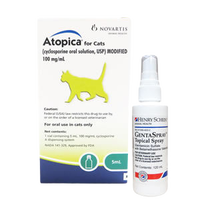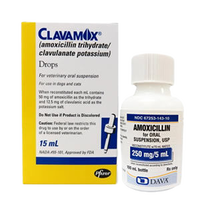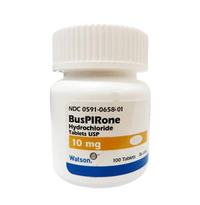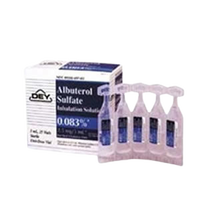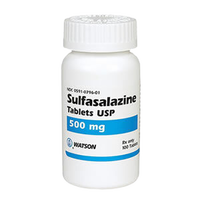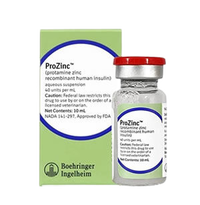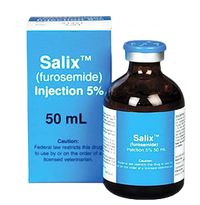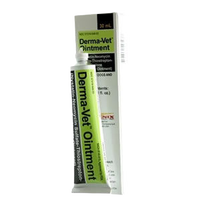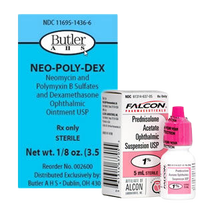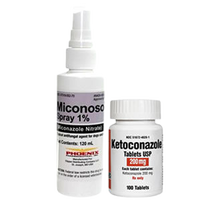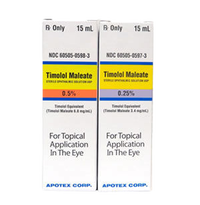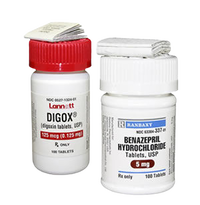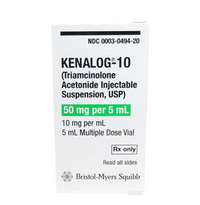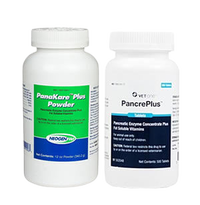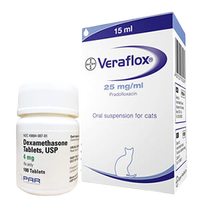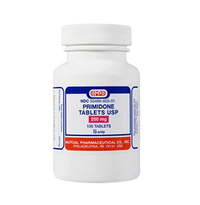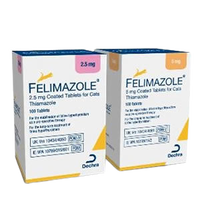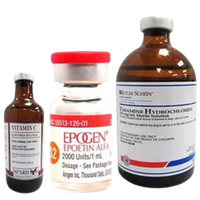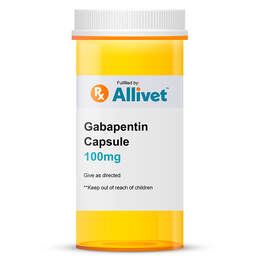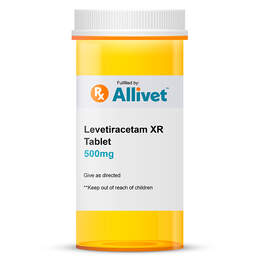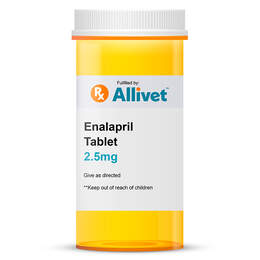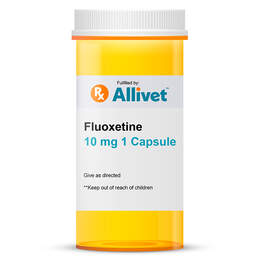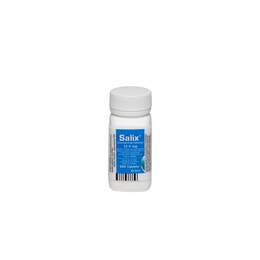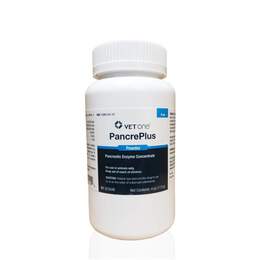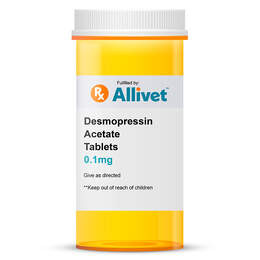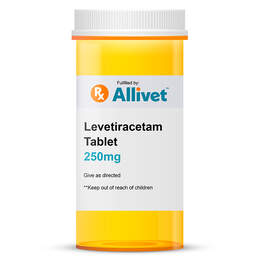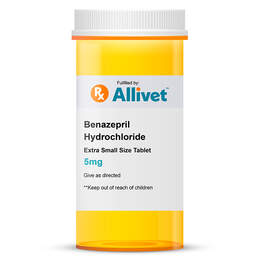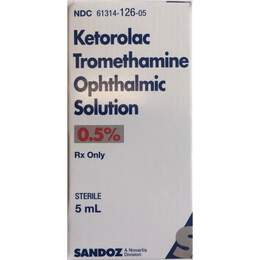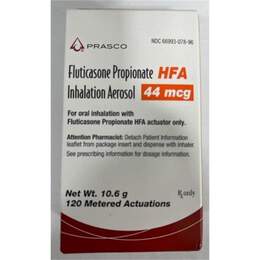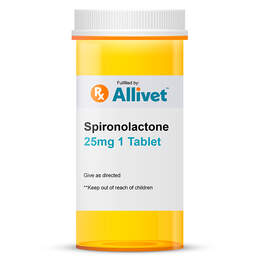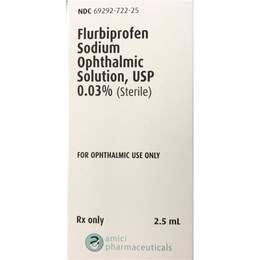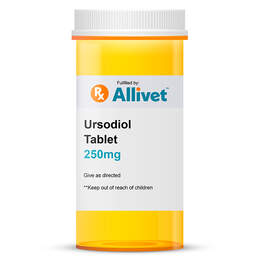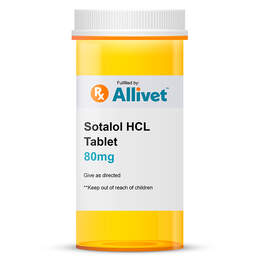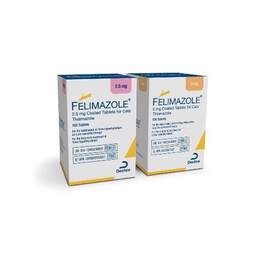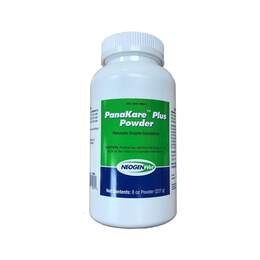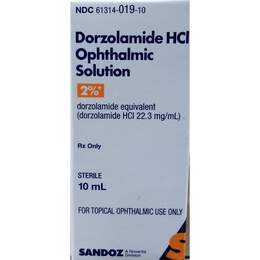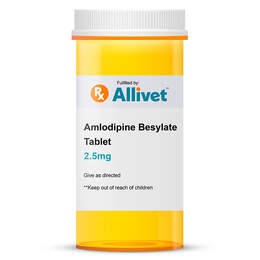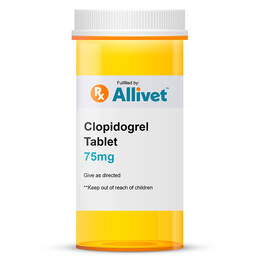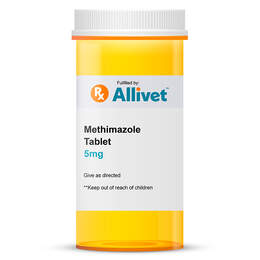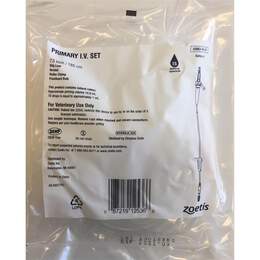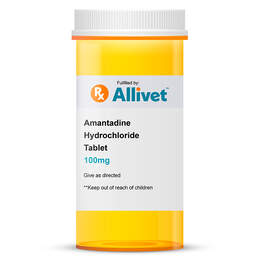Cat Prescriptions
Featured Categories
Some feline medications are only available through a prescription from a licensed veterinarian. These cat prescriptions can be used to treat many illnesses like bacterial infections, feline respiratory conditions, feline heart disease and anxiety disorders. Feline prescriptions are available in chewable tablets, liquid suspension, topical ointments as well as other cat remedies. Dosing instructions on cat prescription medications should be followed carefully in order to ensure their effectiveness.
Medications Cats Need Regularly
There’s a pretty good chance that at some time in your cat’s life, they’ll need to take a type of medicine. But cats are not like dogs, and although they may take some of the same medications, a cat’s system is more sensitive. Below is a list of cat prescriptions often used in the treatment or prevention of common cat conditions.
Antiparasitics
These drugs are used to treat internal parasites like Giardia and tapeworms, as well as external parasites such as ticks and fleas. Some can also prevent heartworm infections. These medications can come in pill, chewable, or liquid form.
Hairball Relief
Cats often suffer from hairballs, so many pet parents keep hairball relief on hand to help them pass through their cat’s system. Some medications, usually in gel form, lubricate the digestive tract to encourage the hairball to move along and help keep future ones from forming. Others work by removing fat from the hairball so that it shrinks and passes more easily. If your cat often has hairballs, speak with your veterinarian about treatment and to check for an underlying condition that may be the cause.
Antibiotics
When we get infections, we take antibiotics, and so do our cats. Antibiotics are often prescribed for urinary tract infections, skin conditions, respiratory infections, oral infections, gastrointestinal conditions, as well as wounds and abscesses. They can be administered orally or by injections.
Antifungals
Antifungals are used to treat external and internal fungal infections. For example, Griseofulvin is used to treat skin infections such as ringworm. In addition, a group of antifungals called the azoles are often used to treat internal or systemic fungal infections. They freeze the fungus, which allows the cat’s immune system to kill it. The majority of internal fungal infections require approximately four to six months of treatment to clear up.
Antivirals
Antivirals are used to treat viruses such as feline calicivirus and feline herpes. These medications don’t actually kill viruses, they keep them from reproducing, and they die off on their own.
Antihistamines
We are all familiar with the antihistamines we take to help control allergies, and they serve the same purpose in cats. The most common signs of allergies in cats are itching skin, sneezing, coughing, and wheezing, and stomach upset (vomiting, diarrhea, gas, or bloating). Antihistamines such as diphenhydramine, clemastine fumarate, and chlorpheniramine are cat prescriptions used to relieve allergic reactions such as excessive itching. However, just like when we take antihistamines, cats may experience dry mouth and drowsiness when they take them.
Anti-emetics
Anti-emetics (anti-nausea and anti-vomiting drugs) are used to relieve nausea and prevent your cat from vomiting. They are available as transdermal gels that can be applied to your cat’s skin and, in the case of Cerenia, an injectable.
Anti-inflammatory Pain Relievers
This is a big category because disease, injury, and surgery cause pain that negatively impacts the quality of life. As a result, there are several drug classes that relieve pain. For example, veterinarians often prescribe the NSAID robenacoxib, which can be administered as an injectable or a pill, and meloxicam, which is often used as an injectable post-surgery or given in liquid form.
Cat Prescriptions for Chronic Conditions
Cats sometimes suffer from chronic conditions that require prescription medications. Below are some of the common chronic conditions in cats and the prescription medication used to help manage them.
Diabetes Mellitus
Diabetes mellitus affects one out of every 200-300 cats. The typical diabetic cat is middle-aged to senior, obese, and a neutered male. Management of diabetes often includes insulin injections.
Chronic Kidney Disease
Chronic kidney disease occurs three times more often in older cats than older dogs. This disease is usually managed with diet. In the event of nausea, cats are often prescribed an anti-emetic to control and prevent vomiting.
Hyperthyroidism and Chronic Kidney Disease
These two conditions are often seen concurrently in senior cats. Medications such as methimazole are often prescribed to control hyperthyroidism, and any clinical signs of chronic kidney disease are managed as they develop under the guidance of a veterinarian.
Hypertension and Cardiac Disease
Cats may develop these conditions as they age or as secondary to other underlying diseases. Veterinarians often prescribe enalapril for cats to treat these conditions.
Can I Get a Prescription for My Cat Online?
In most states, veterinarians are legally forbidden to write or give a prescription without examining your cat. They require a Veterinarian-Client-Patient-Relationship (VCPR), which means that the veterinarian must see your cat regularly to assess their physical condition, perform blood work and other appropriate tests, see how your cat is responding to the medication. Your veterinarian will use this information to decide if they should keep your cat on their current medication or if they should adjust or change it.
For this reason, a veterinarian is required when you order cat prescriptions online. Once you have the proper prescription, it can be filled by a reputable online pharmacy. When you have a VCPR, and the veterinarian has prescribed a drug for your cat, they are required to give you a prescription to use online if you request it.
Easy Way to Give Your Cat Medication
Cats have a well-deserved reputation for being difficult when it comes to taking medication. But no matter how much they may dislike it, your cat needs their medication. Here are a few easy ways to give your cat medication.
You might be lucky and have a cat that will let you place a pill in their mouth. First, carefully put the pill in the center of the tongue near the back of the mouth. Then, gently rub your cat’s throat to encourage swallowing.
Mixing pills or liquid medication can be an easy way to give your cat their medication. Many pills are not meant to be broken or crushed, so check with your veterinarian if you plan to use this method. Hide the pill or mix the liquid into a small amount of wet cat food, tuna, salmon, cream cheese, or other food your cat loves. Use a small amount of food so that your cat eats it all and gets their full dose.
You may need to administer liquid medication with a syringe. First, carefully hold your cat in a comfortable position, and allow them to lick the syringe’s tip so they get a bit of the medicine. Next, aim towards the back of their throat and gently depress the plunger. Once the medicine is in their mouth, hold it closed for a few seconds to ensure they swallow the liquid.
For illnesses like diabetes, you may have to inject medication under the skin. The easiest way to do this is to carefully inject them while they are eating. Wait until they have taken a few bites and are concentrating on the food. Ideally, your cat won’t even notice. However, if this method doesn’t work, enlist a helper to gently keep your cat in place as you give them their shot.


